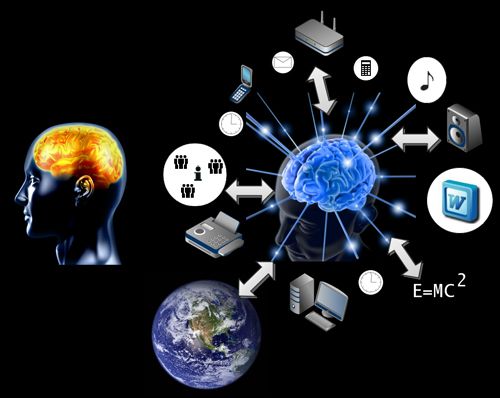Cognitive Learning
Cognitive learning through the Internet offers myriad opportunities for learners to master information transfer and integrative learning than in face-to-face settings (Draves, 2013). Learners have opportunities to decide on a block of learning times that should occur for them in an online learning setting (Draves, 2013). Learners can learn in their own pace (Draves, 2013). Learners has opportunities to hear and review learning materials (i.e., concept, technique, or demonstration) from online settings compared to hearing and viewing them as an one-time chance in traditional settings (Draves, 2013). Learners can interact more with their instructor (Draves, 2013). The instructor can create an information-transfer component of the course by incorporating lectures, graphics, text, videos. Once the instructor applied this information-transfer component to modules or units, the instructor is free to interact with the learners of the course (Draves, 2013). Thus, granting more devoted time for instructors to engage with learners in online courses than with face-to-face settings
